English author Neil Gaiman has said that life is always going to be stranger than fiction because fiction has to be convincing, and life doesn't. Well, if these words needed any proof, there's a TikTok trend that vividly illustrates their essence.
It was started by Ellery (@dentedmilk), who posted a video on Thanksgiving of herself and an old photo of her great-great-great-grandmother that she said died in 1923 during childbirth. 100 years later, Ellery is now around her age.
Throughout the video, a haunting, robotic-sounding voice sings "Well you don't know me, but I know you. And I've got a message," from Laurie Anderson's song 'O Superman.'
The clip has since amassed 6.2 million views and inspired other people to share their own eerie experiences using the tune as well.
@dentedmilk She’s my great great grandmother who died in 1923 during childbirth. I’m around her age, 100 years later. Her name is Jessie.
♬ You dont know me - ellery
#1
The cashier thought we were crazy when we were trying to tell her why we were freaking out lmao what are the odds.
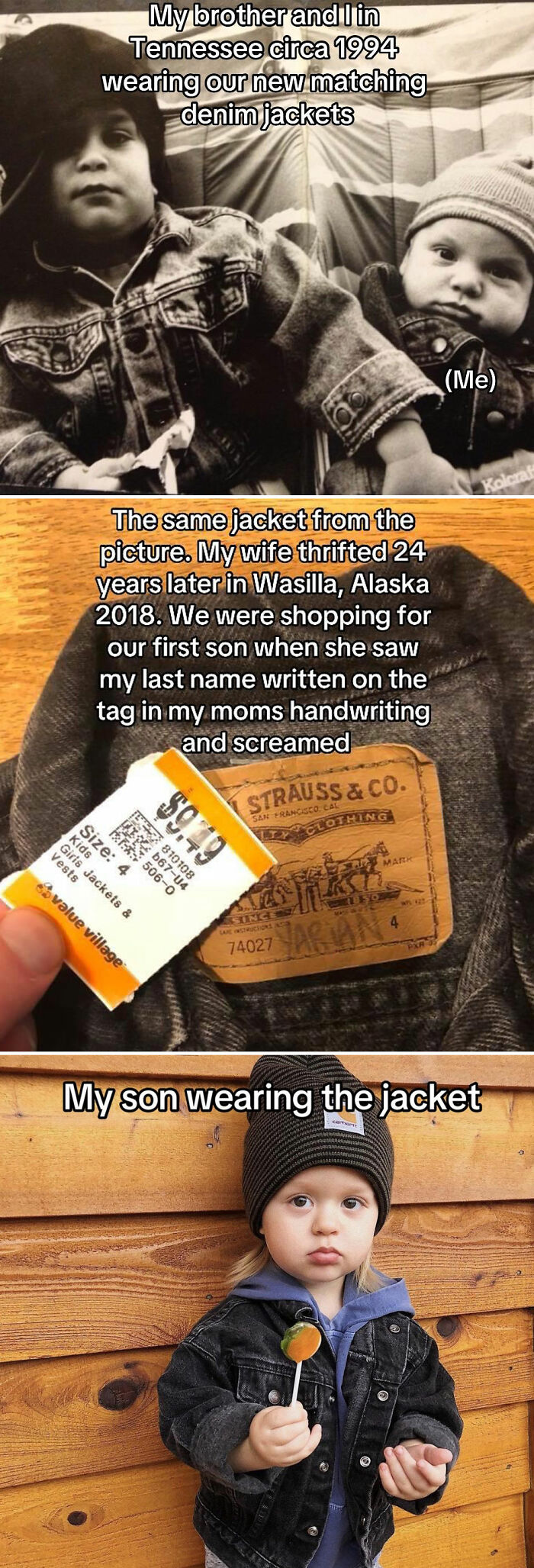
Image credits: dad.tats
#2
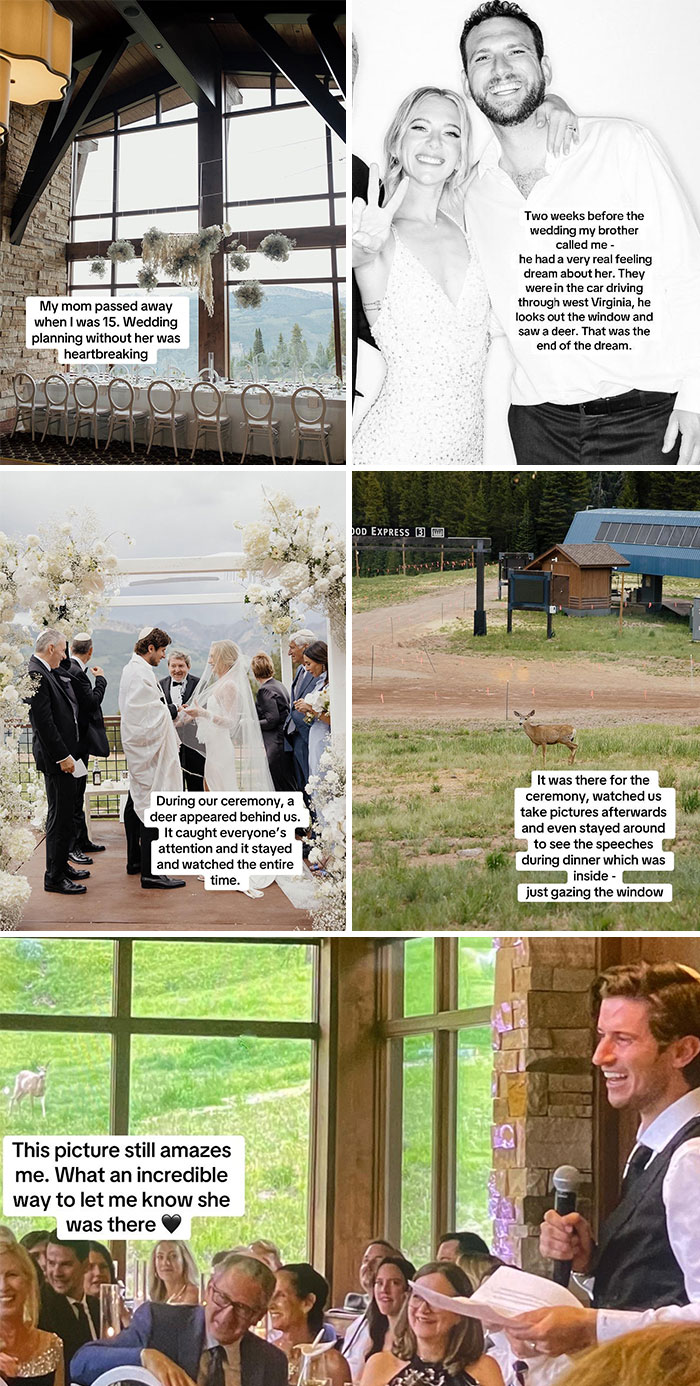
Image credits: dinahrenee
While the exact definition of what each of us considers eerie differs, the underlying cause is more or less the same.
"[Creepy is] about the uncertainty of threat. You’re feeling uneasy because you think there might be something to worry about here, but the signals are not clear enough to warrant your doing some sort of desperate, life-saving kind of thing,” Frank McAndrew, professor of psychology at Knox College in Illinois, United States, explained.
#3
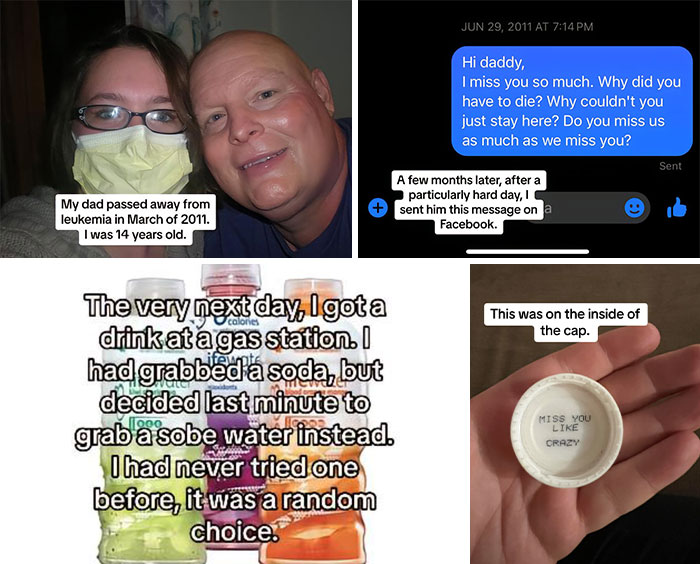
Image credits: jaqischm
#4

Image credits: personabrandy
#5
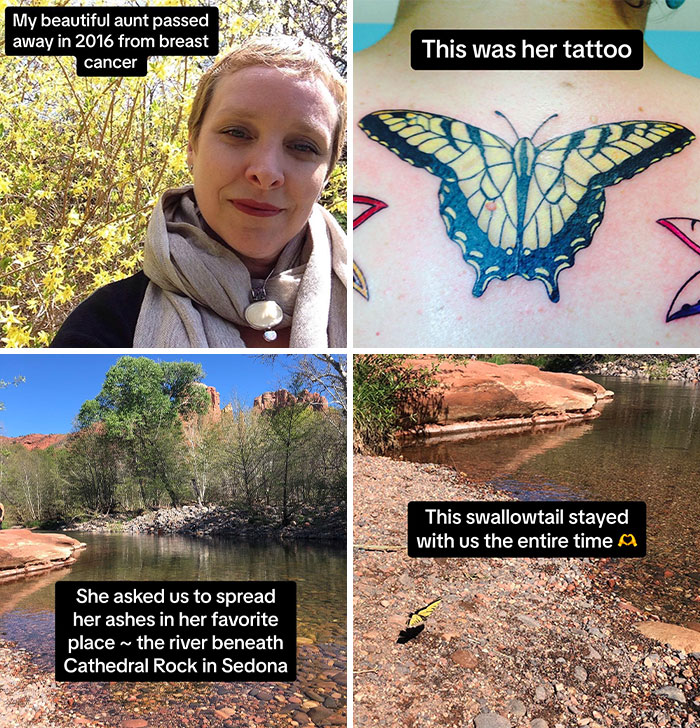
Image credits: justinebiondi
Even the way our bodies respond to the triggers is similar.
In 2012, researchers from the University of Groningen in the Netherlands found that when subjects felt creeped out, they felt colder and believed that the temperature in the room had actually dropped.
Chilling, indeed!
#6
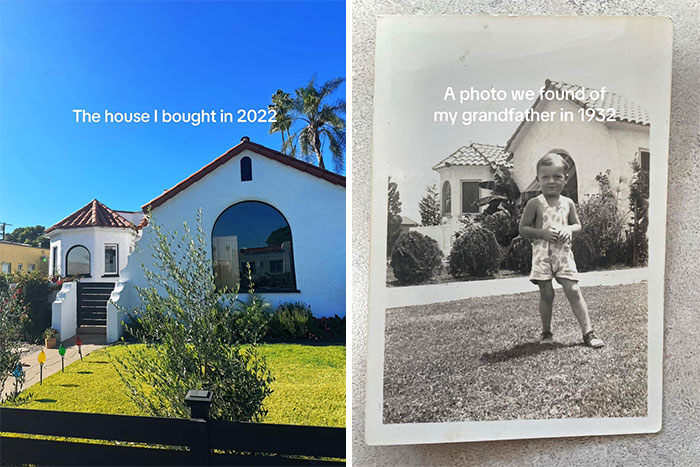
Image credits: amyseder
#7
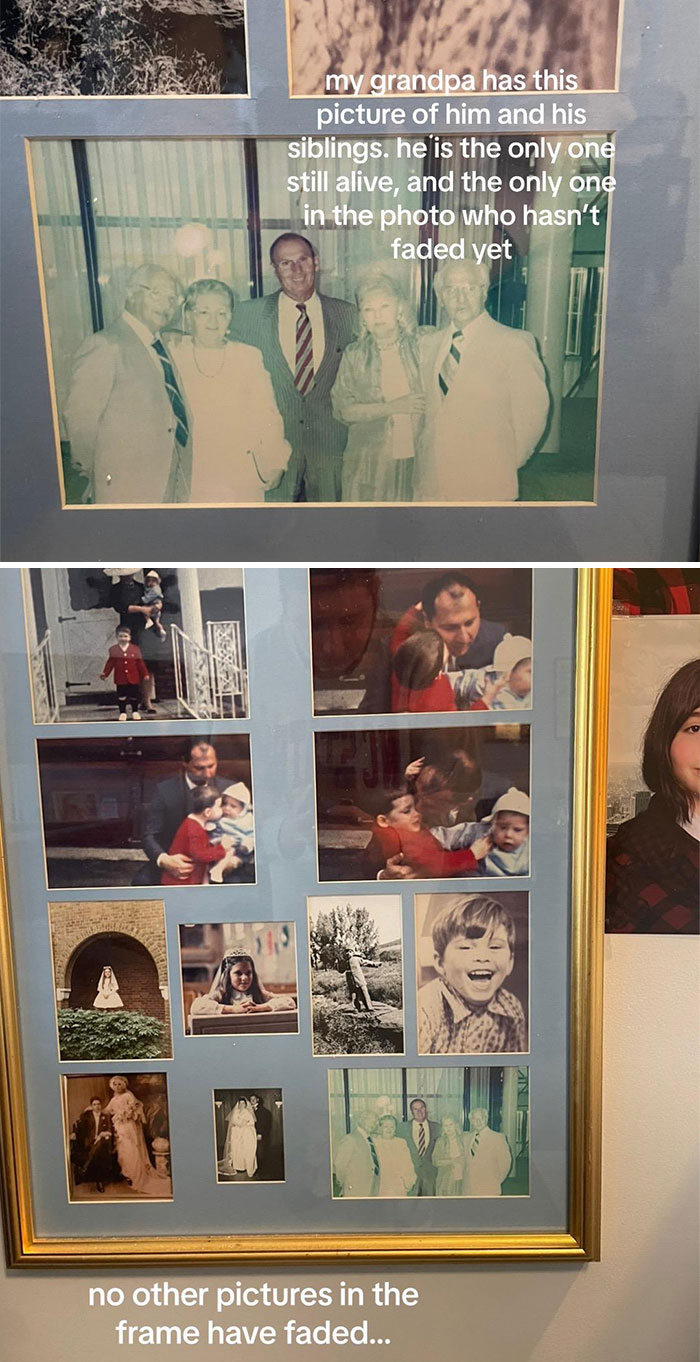
Image credits: lilkittyrose
#8
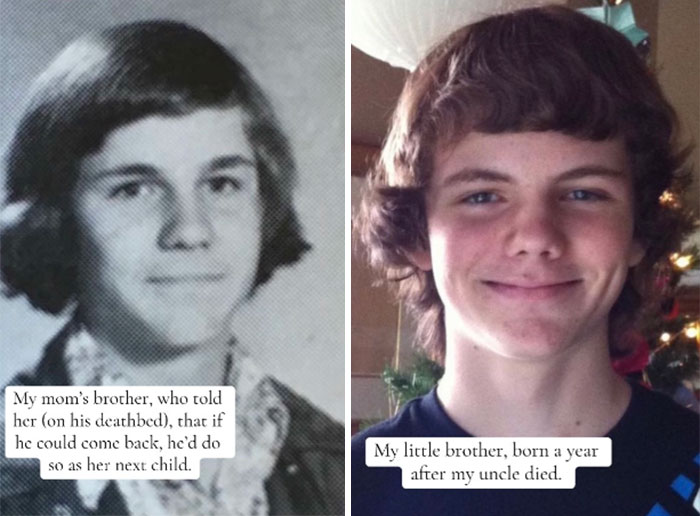
Image credits: wineandbabies
#9
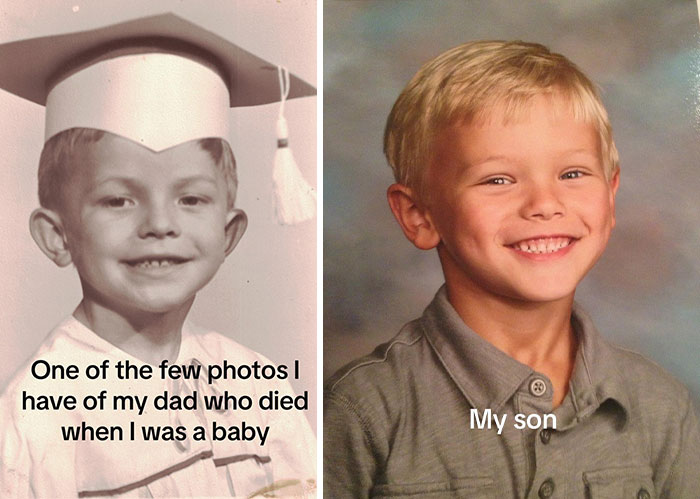
Image credits: ashesofroses
That physical response further heightens our senses.
"You don't know how to act but you’re really concerned about getting more information," McAndrew said.
"It kind of takes your attention and focuses it like a laser on this particular stimulus, whatever it is."
#10
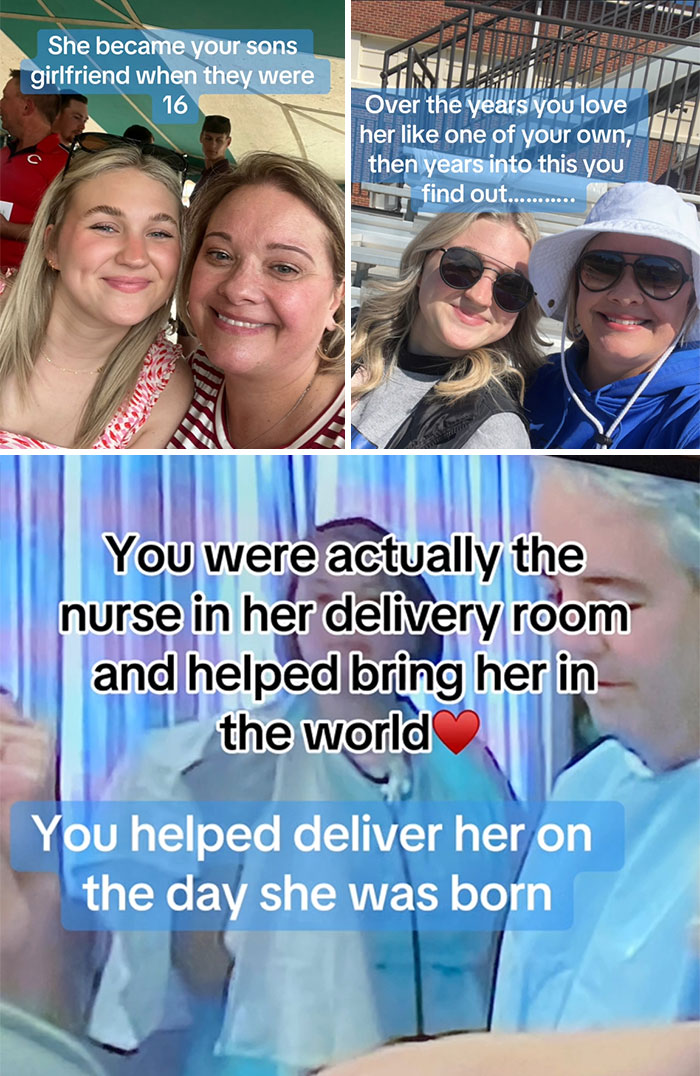
Image credits: andrea_peterson
#11
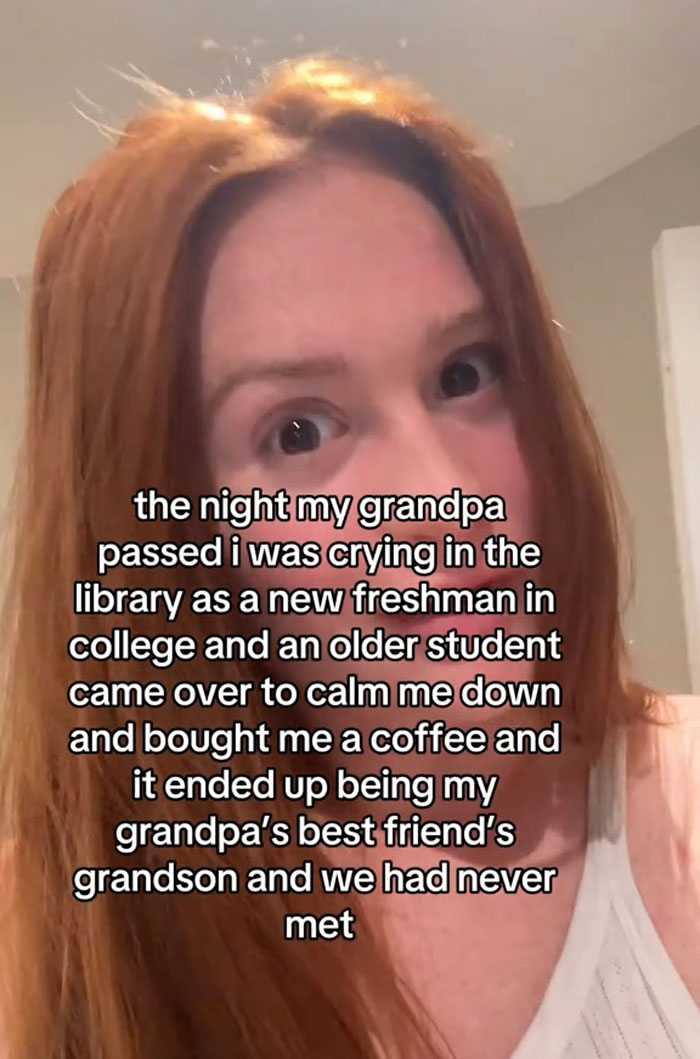
Image credits: klink_182
#12
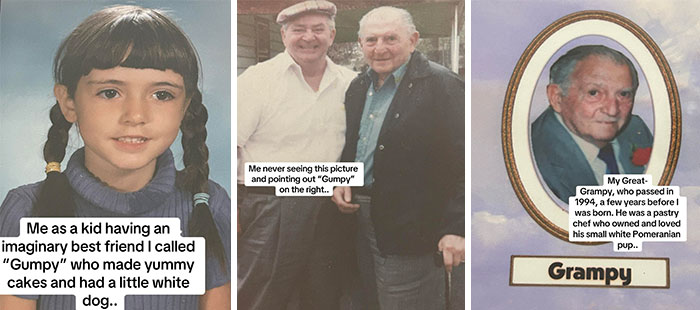
Image credits: f.ingfullers
#13
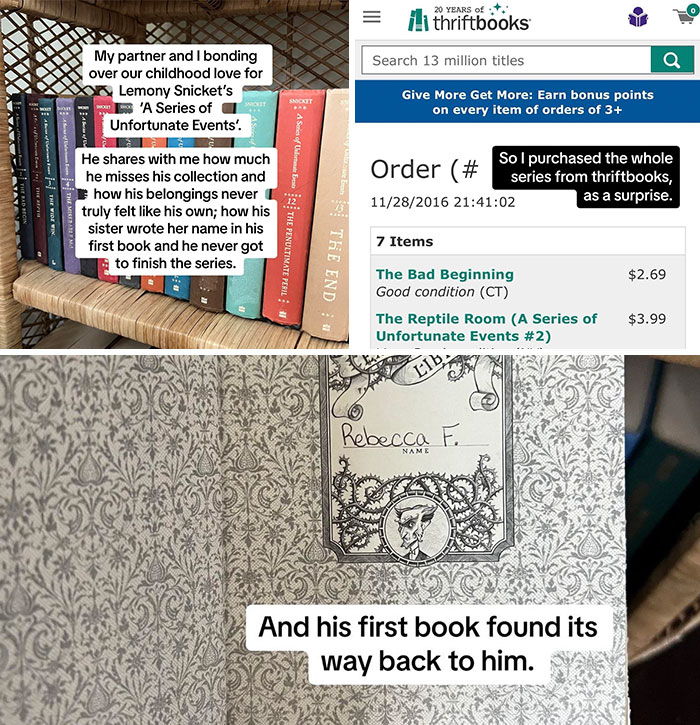
Image credits: brittanyc.art.ie
As we can see from the pictures, it can be a lot of things, situations, places and, of course, people.
"We're predisposed to see willful agents that mean us harm in situations that are ambiguous, but this was an adaptive thing to do,” McAndrew said.
Our ancestors saw saber-toothed tigers in every shadow and a slithering snake in the motion of the swaying grass because it was better to be safe than sorry.
#14
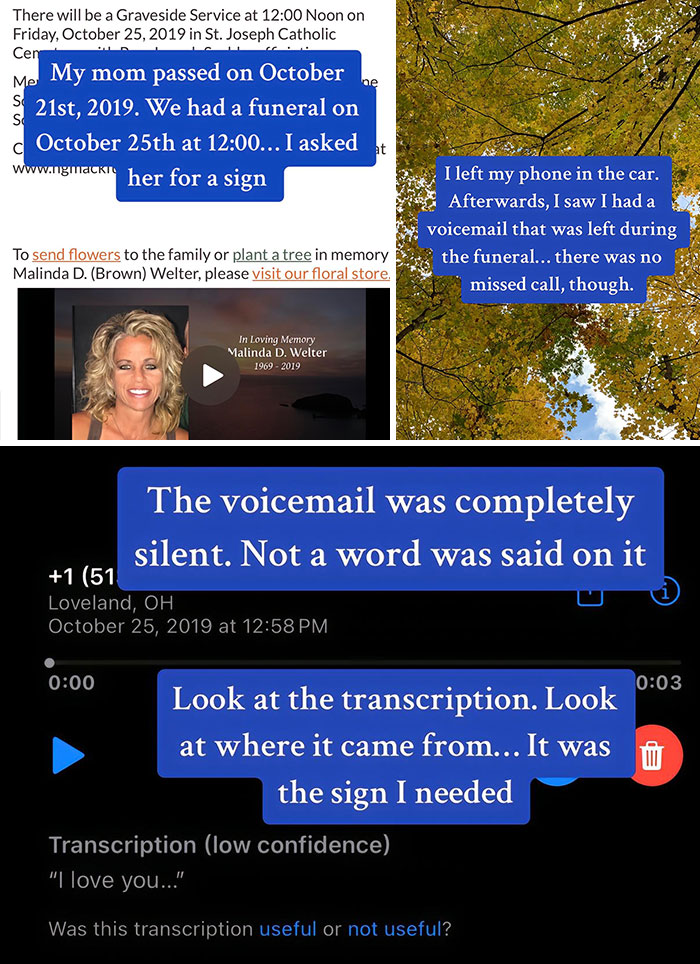
Image credits: jacewelter
#15
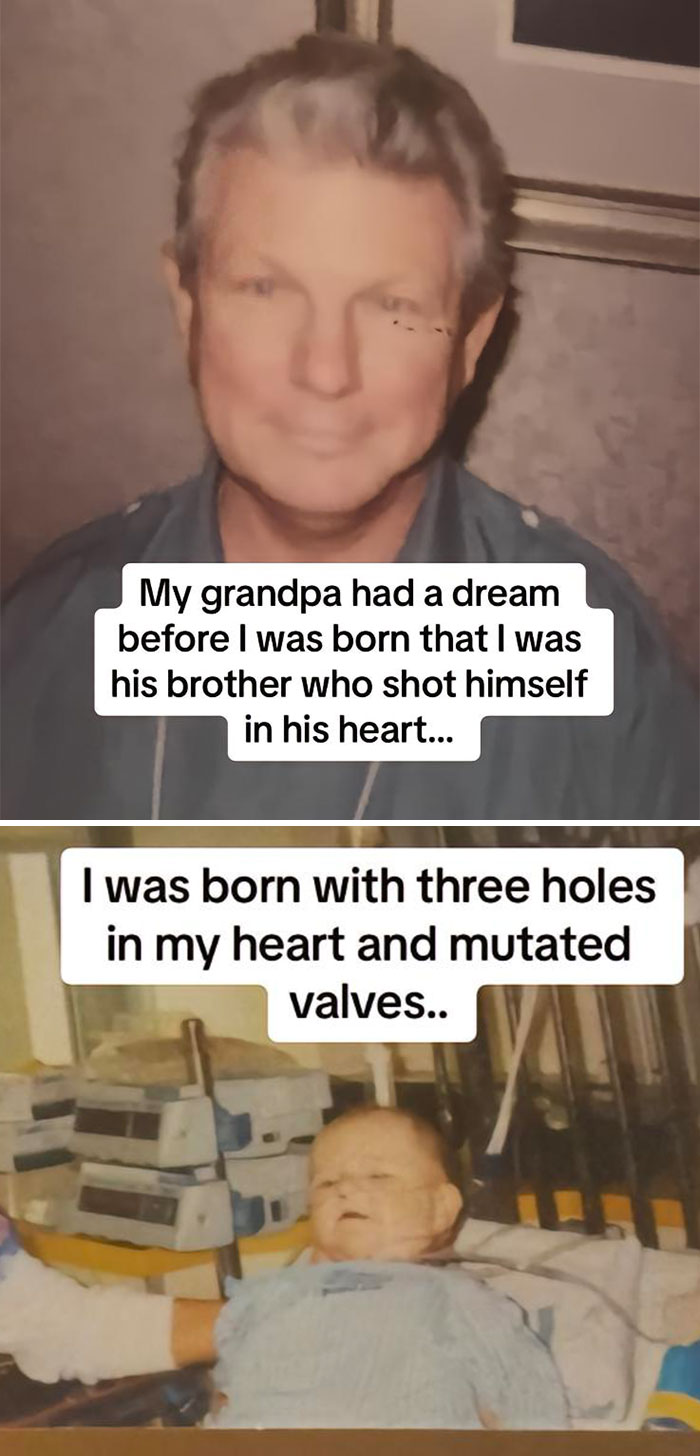
Image credits: kikigrayfield
#16
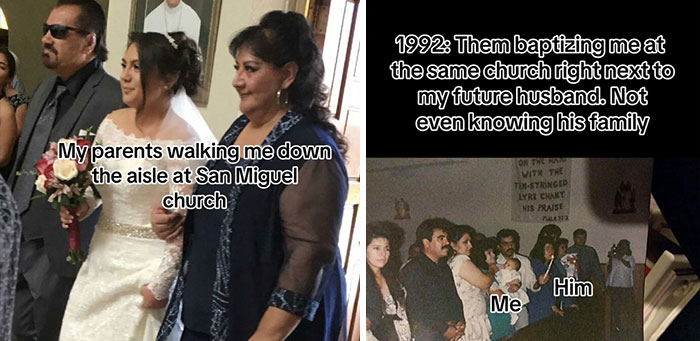
Image credits: isavan22
#17

Image credits: theelisaedit
McAndrew pointed out that truly creepy things and situations are not attractive. At all.
"We don't enjoy real creepy situations, and we will avoid them like the plague," he said. "Like if there's a person who creeps you out, you'll cross the street to get away.”
What we do enjoy is playacting, in the same way we enjoy the thrill of watching a horror movie.
#18
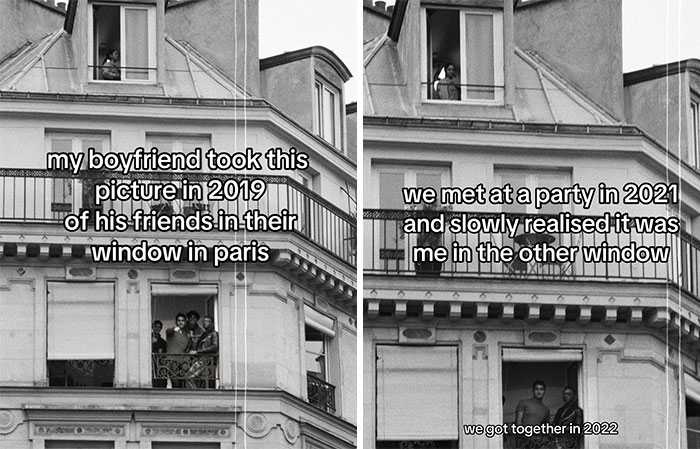
Image credits: 333paulina333
#19
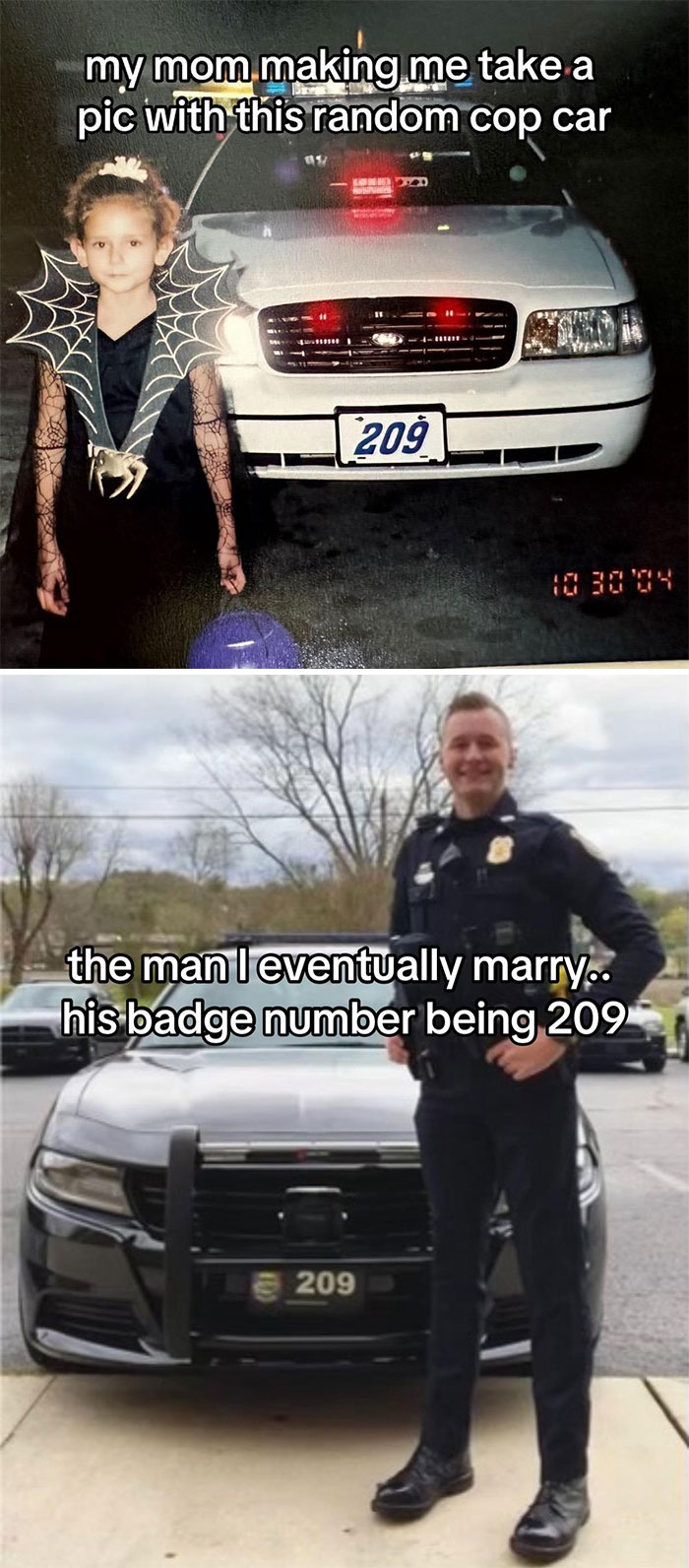
Image credits: missp14
#20
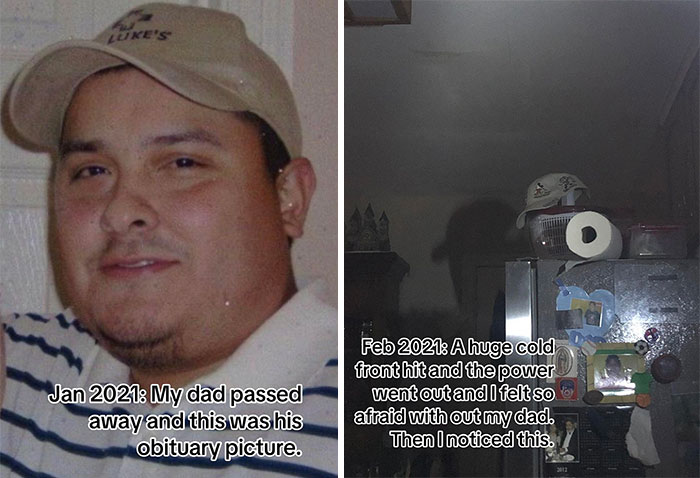
Image credits: aliciaraquelgomez
#21
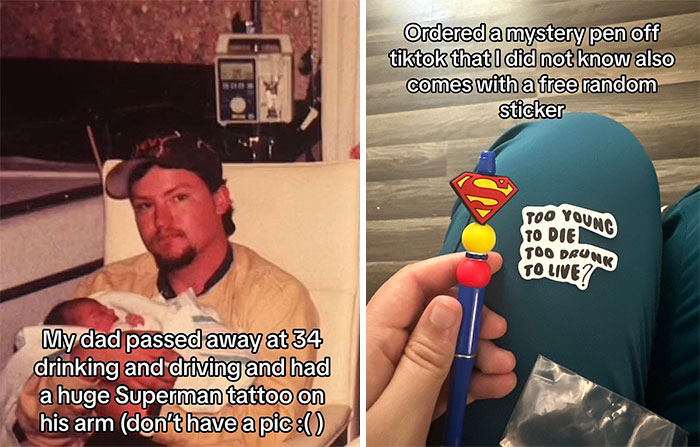
Image credits: dezzzzd
McAndrew and other psychologists, anthropologists, and even author Stephen King agree that horror films are a safe place for us to explore our fears and rehearse what we would do if, say, zombies tore apart our town.
Maybe these TikToks are too?
#22
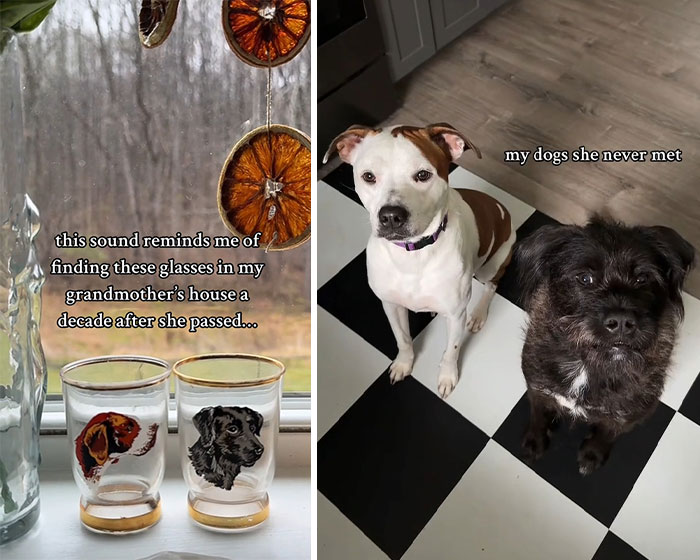
Image credits: usernamesmakemestressed
#23
This house is back in my family after over 100 years.
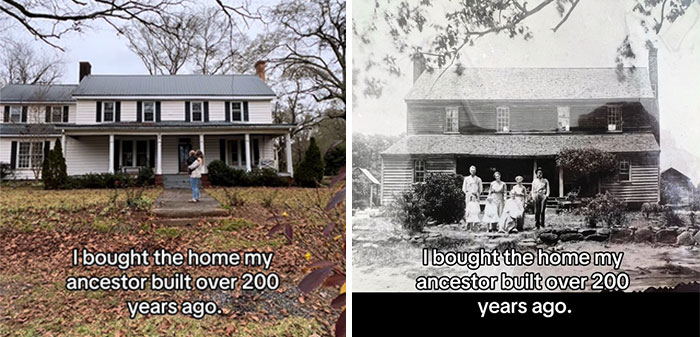
Image credits: marykateblount
#24
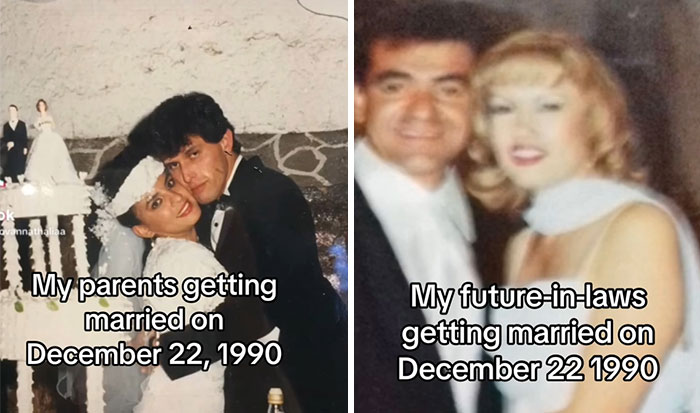
Image credits: giovannathaliaa
#25
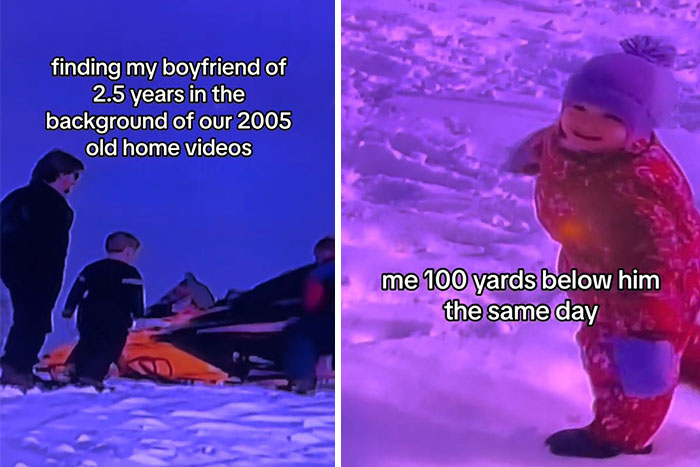
Image credits: rachelemale
#26
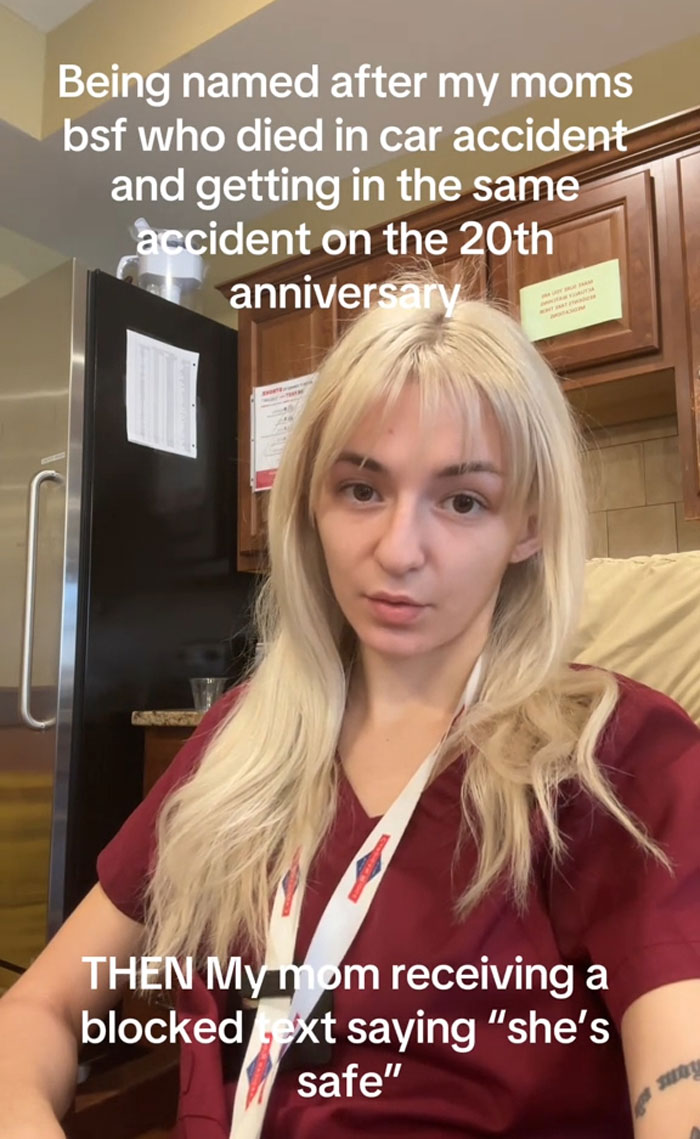
Image credits: animeraxx
#27
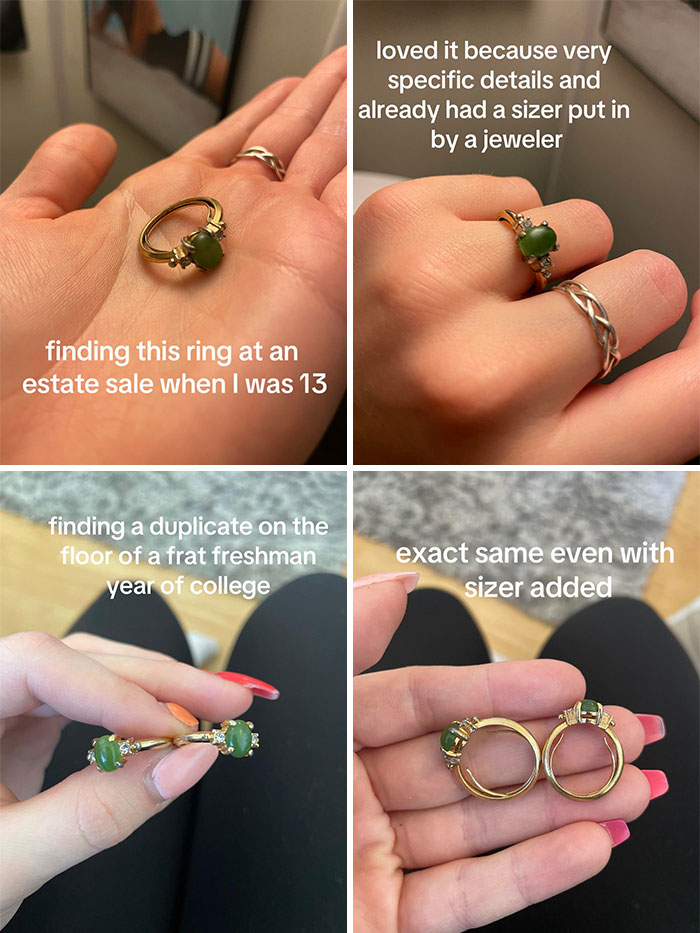
Image credits: lillyjames10
#28
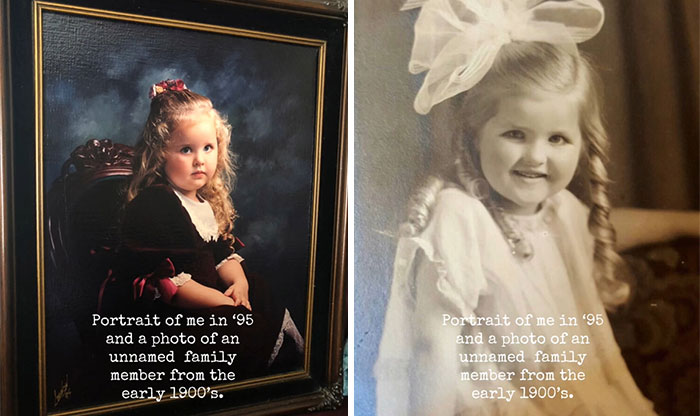
Image credits: tasharene6992
#29
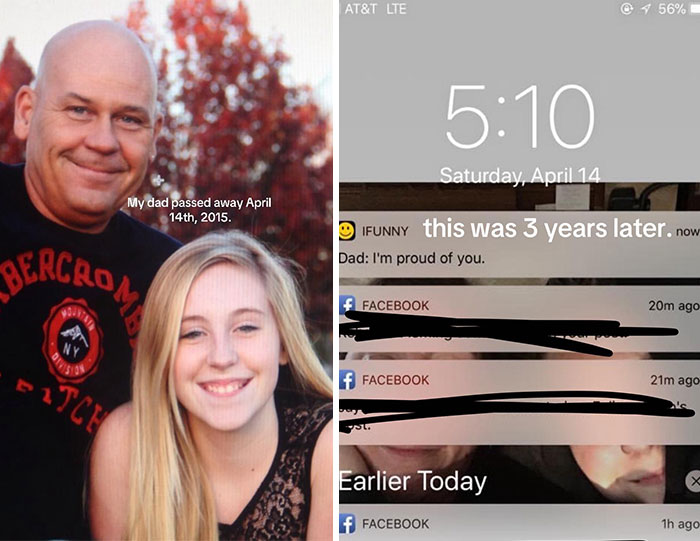
Image credits: princessummerrr
#30
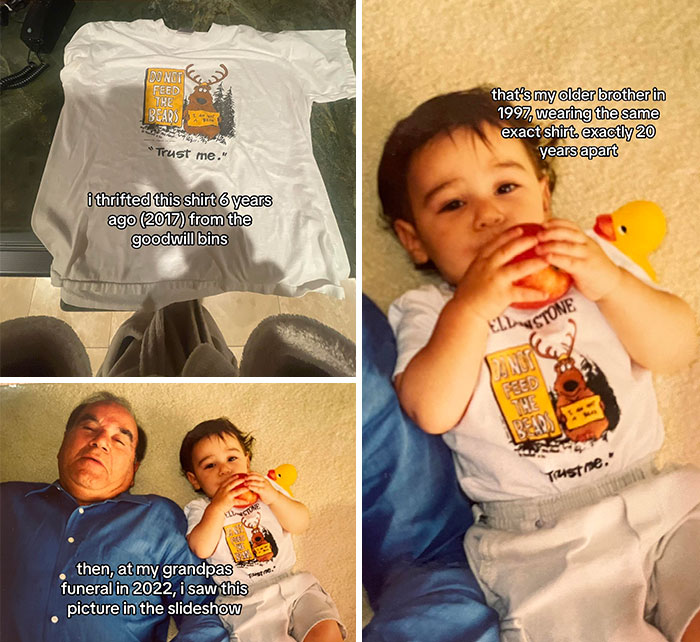
Image credits: virgoirgoirgo







